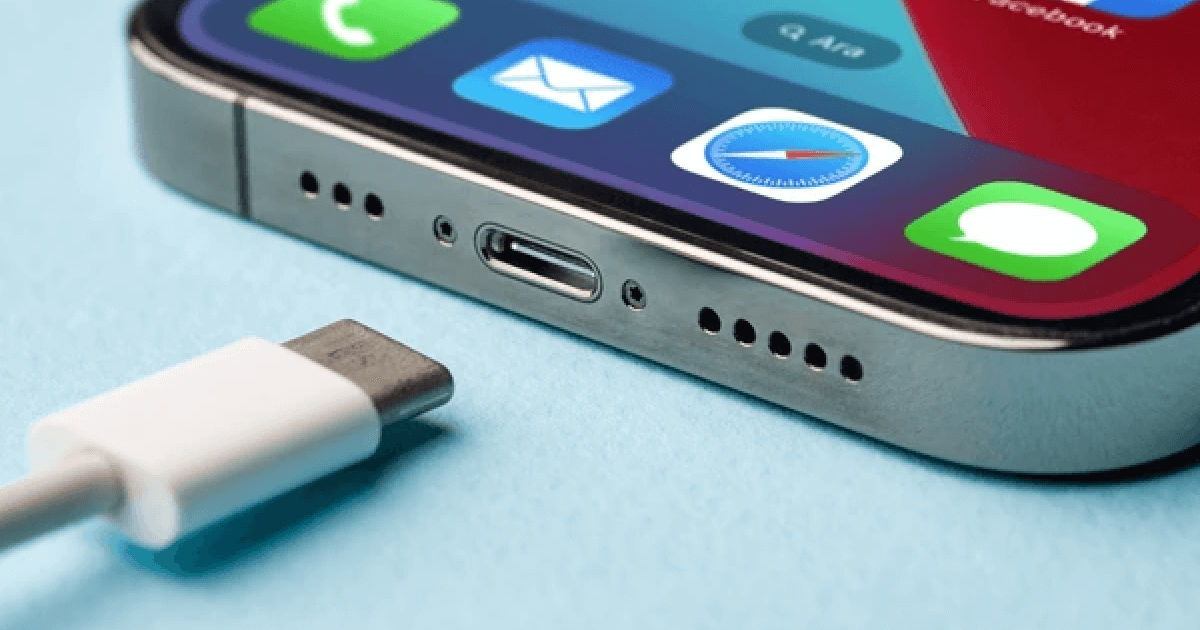
Your iPhone’s battery health is crucial for optimal performance and longevity. Naturally, batteries degrade overtime but by monitoring it and doing the things to maintain it, you can prolong your battery health. With iPhone 15 series, Apple introduced some new advanced features, bumped up iPhone battery capacity and users now have visibility on charging cycles as part of Battery Health. In this blog you will learn exactly what these new features are and how your iPhone battery can remain efficient and reliable for longer.
You’re probably wondering what a battery charging cycle is and why it’s so important. A battery charging cycle is defined as one full recharge of a battery meaning you’re using 100% of your battery’s capacity, whether in one go or over several brief charges. The number of battery charging cycles a phone can undergo is a critical factor in determining its overall battery health and its longevity. The current industry standard for most smartphone batteries, including iPhones, is around 500 charging cycles. To put this into perspective, if you were to charge your phone everyday, 500 charging cycles would equate to roughly 1.5 years - that’s just under 550 days!
You’ll be happy to know that for future iPhones, starting from iPhone 15 series, the maximum charging cycles that a battery cell can withstand before starting to degrade is now 1000. Visibility on battery health in iOS 17 has improved further by allowing users to access information about how many charging cycles have been completed as well as advanced optimisation features which work to extend battery life.
For starters, one of the key new features is the ability for users to check the number of charging cycles and monitor their battery health in settings:
The battery health screen highlights all the details you need regarding the maximum battery capacity as well as your device's peak performance capability. The maximum capacity shows how much charge your iPhone 15 battery can hold compared to its original state when you purchased it new. Of course, like anything else, the battery will age meaning that its capacity will diminish alongside this and lead to shorter usage times between each time you charge it. So you can expect the battery capacity to appear slightly below 100% as the time frame between the manufacturing date of your iPhone 15 and its activation increases.
Unlike earlier iPhone models, such as the iPhone 14 and its predecessors, which were designed to retain 80% of their original battery capacity after 500 complete charging cycles, the iPhone 15 has taken it a step further and allows the same battery capacity after 1000 complete charging cycles! These improvements mean that the iPhone 15 will potentially last twice as long before its users experience significant battery degradation. We think this is a great step in the right direction because it provides users with a more reliable and long-lasting mobile phone especially when the iPhone can typically last up to 6 years.
In order to maintain your iPhone’s battery health, it’s essential to follow specific guidelines and tips such as making sure you regularly update iOS and adopt better charging habits. Check out our blog for a detailed guide on how you can improve your iPhone battery health. By keeping your battery in good condition, not only will you be able to enjoy your phone for longer, but you’ll also be able to get more money when you decide to sell your iPhone.

Whilst Airplane mode cuts off mobile data, Wi-Fi, and Bluetooth with one quick tap and originally made for flights, these days, it’s just as useful for saving battery or taking a break from notifications.

The iPhone 17 rumours are here! A sleeker design, a few updated smart features and of course, a higher price tag. We dive into the conversation around global politics and whether software updates are enough to justify a hefty price hike.

Your smartphone is more than just a piece of tech—it’s your digital lifeline. So when it breaks, the decision can feel overwhelming. Should you repair it or replace it entirely?